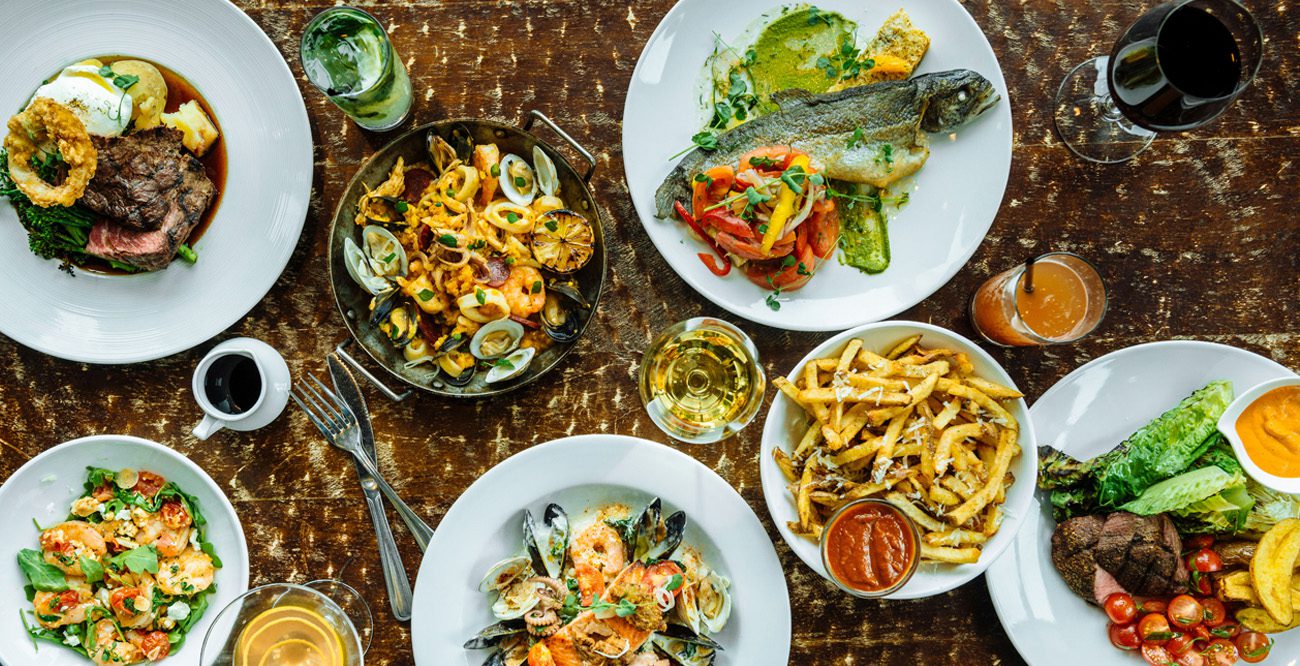Chinese dim sum and Spanish tapas are both popular small plates styles of dining that have cultural significance and long histories. Chinese dim sum originated in ancient China and is traditionally served by servers pushing carts around the restaurant. It offers a wide variety of flavors and often features seafood, meat, and vegetable dishes. Spanish tapas originated in the 16th century and is typically ordered a la carte and served as they are ready. It tends to feature savory flavors and ingredients like cured meats, cheeses, and seafood. Ultimately, the choice between the two comes down to personal preference.
Chinese Dim Sum vs. Spanish Tapas: Which Small Plates Reign Supreme?
Small plates, or “tapas” as they are known in Spain and “dim sum” in Chinese cuisine, have become increasingly popular in the Western world. Both cultures offer an array of savory and sweet dishes that can be shared among friends, making them a perfect choice for a night out. However, there are some key differences between these two styles of small-plate dining that reflect the unique culinary traditions of their respective regions. In this article, we will compare and contrast Chinese dim sum and Spanish tapas to determine which one reigns supreme.
Origins and History
Both Chinese dim sum and Spanish tapas have a long history and cultural significance. The origins of dim sum date back to ancient China, where it was originally served as a snack or tea accompaniment. In the 10th century, dim sum was offered as a meal in itself, and by the 19th century, it had evolved into a more elaborate dining experience. In contrast, the history of tapas is relatively recent compared to dim sum. Tapas originated in Spain in the 16th century and were initially served as a small bite to accompany sherry. They later evolved into a full-fledged dining experience, much like dim sum.
Styles of Service
One of the most significant differences between Chinese dim sum and Spanish tapas is the style of service. Dim sum is traditionally served in small steamer baskets or plates and brought to the table by servers who push carts around the restaurant. Guests can choose which dishes they want to try from the carts, and the servers stamp a card to keep track of what has been ordered. In contrast, tapas are typically ordered a la carte and are brought to the table as they are ready. Guests can order as many or as few dishes as they like, and they can be shared among the group.
Flavors and Ingredients
Another significant difference between dim sum and tapas is the flavors and ingredients used in each cuisine. Chinese dim sum offers a wide variety of flavors, ranging from sweet to savory, and often features seafood, meat, and vegetable dishes. Some popular dim sum dishes include steamed pork buns, shrimp dumplings, and egg custard tarts. In contrast, Spanish tapas are more focused on savory flavors and tend to feature ingredients like cured meats, cheeses, and seafood. Some popular tapas dishes include patatas bravas (fried potatoes with spicy tomato sauce), albondigas (meatballs), and gambas al ajillo (garlic shrimp).
Social and Cultural Significance
Both dim sum and tapas have significant cultural and social significance in their respective regions. In Chinese culture, dim sum is often consumed for breakfast or lunch and is a popular way for friends and family to gather and socialize. It is also an important part of Chinese New Year celebrations. Similarly, tapas are a social and cultural institution in Spain, where they are often consumed as part of a night out with friends. They are also an integral part of Spanish culture and are celebrated at food festivals and events throughout the country.
Finding the Winner
So, which small plates reign supreme? Ultimately, it comes down to personal preference. Chinese dim sum and Spanish tapas are both incredibly delicious and offer unique dining experiences. Both cuisines have their strengths, whether it is the wide variety of flavors offered by dim sum or the social and cultural significance of tapas. What is clear, however, is that each cuisine offers a delightful culinary journey that should be experienced by anyone who loves good food and great company.
